Can I Generate Code Using Generative AI Models?
The phrase, “Can I generate code using generative AI models?” is becoming more prevalent among developers, companies, and tech enthusiasts as AI continues to evolve. To answer the question, yes, you can! These models now serve as a cog in the engine of code generation, workflow automation, and productivity augmentation. In this piece, I will describe the working of generative AI models regarding coding, their advantages, limitations, and practical applications so that you can make the most of this technology.
What Are Generative AI Models?
Generative AI models are a type of machine learning model developed to create any form of content such as documents, pictures, and even code. They include extensive language models (LLMs) like GPT and CodeLlama or even proprietary models from xAI and other companies.Generative AI models undergo training on enormous datasets that contain code, documentation, and anything else related to programming. Through the vast training provided, they are capable of creating meaningful program statements, debugging problems, or, at times, even writing entire applications if permitted by the users.
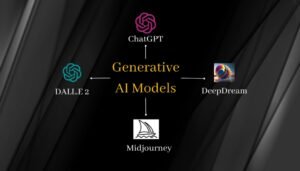
With the inquiry, “Can I generate code using generative AI models?”, you are already accessing a technology that is advancing leaps and bounds in the field of software development. These models interpret your input, which could either be a description in simple English or even a partially completed code, and generate appropriate and coherent code in several languages such as Python, JavaScript, Java, C++, among others.
How do Generative AI Models Generate Code?
Generative AI models work by using natural language processing (NLP) methodologies alongside training in specific programmatic language tracks. For example, with the prompt, “Write a Python function to calculate the factorial of a number,” the model executes some reasoning, draws on its training files, then returns some data. Here is an outline of how it works:
- Input Processing: The model receives a prompt that contains relevant information such as the programming language, the type of task to be done, and any other constraints to the problem.
- Solution Searching: The model looks up relevant code solutions or problem patterns in its training data.
- Code Production: The model produces a code description, often with appropriate comments, that accomplishes the task detailed in the request.
- Enhancement: Some models permit changes to the output, thus enabling this enhancement step which allows for more effective results.

Because of the processes involved, generative AI can optimally assist when answering the question, “Is it possible to generate code using generative AI models?” which can now be strongly answered affirmatively.
Benefits Of Using Generative AI for Code Generation
Whether you’re a novice or an experienced software developer, using AI generative models can simplify your code development tasks in a myriad of ways. The following are the noted advantages:
1. Advanced Productivity
By obviating the need to write repetitive boilerplate code and suggesting several task automation options, generative AI assists developers in saving time. GitHub Copilot, for example, autocompletes in-process coding, and Grok 3 from xAI builds advanced scripts from natural language commands.
2. Usefulness for Non-Programmers
Generative AI has advanced technology accessibility for those unfamiliar with programming concepts. Those not knowledgeable in programming can describe their requirements in simple English and receive working executable code. This empowers designers, entrepreneurs, and other laypersons to develop websites, applications, and other business components.
3. Debugging, Code Checking, and Optimization
Generative AI’s capabilities extend to debugging, suggesting fixes to bugs in code, and optimizing it for better performance. Consider the question, “Can I use generative AI models to debug code in a JavaScript function I’ve written?” A complete working function could be supplied along with needed explanations.

4. Support for Multiple Languages
A broad spectrum of languages is encompassed by generative AI models, including Python, JavaScript, and even less popular languages like Rust and Go. This adaptability is beneficial, whether you are working on a web application, a game, or a machine learning model.
5. Rapid Prototyping
For businesses, generative AI significantly aids in prototyping by promptly creating function code for these MVPs (minimum viable products). This pace can be extremely advantageous in dynamic sectors.
Generative AI’s Limitations When Used For Code Generation
There is no doubt that generative AI models can help create code. However, to make the most out of such tools, it is important to acknowledge the limitations.
1. Potential For Errors
Generative AI models have their shortcomings. They will often generate code with illogical structures, syntax errors, and suboptimal solutions, especially for more sophisticated tasks. Before spending resources integrating the code with your production environment, make sure you validate and test it.
2. Security Risks
Exposed AI-generated code can unintentionally contain flaws like SQL injection vulnerabilities or insecure API calls. The code output must be validated to ensure that best security practices have been followed.
3. Dependence on the Quality of the Prompt
Your instruction will dictate the quality of generated code. If the prompt is unclear or vague, the code it generates may be irrelevant or only partially complete.
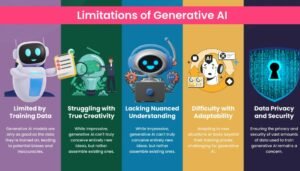
4. Limited Understanding of Context
Even though advanced models such as Grok 3 are capable of handling complex prompts with multiple tasks, they might not do well with highly specialized niche projects that require extensive domain knowledge. Human supervision is usually required to verify that the code produced meets the needs of the project.
Use Cases of Generative AI for Programming
The diversity of generative AI allows it to be used in practically any field. Here are a few models you can employ to generate code in real life.
1. Websites
If you need a responsive HTML/CSS layout or a JavaScript function, Generative AI is capable of writing proper and clean code according to your specifications.
2. Data Science & Machine Learning
AI models are capable of creating Python scripts for data analysis, visualization, or even training machine learning models. For instance, you can ask for a script that performs data preprocessing using Pandas or trains a model using TensorFlow.
3. Automation Scripts
Generative AIs can draft scripts to fulfill repetitive tasks such as filing, scraping data, or sending emails. This is a tremendous time saver for both individuals and businesses.
4. Learning Aids
For those seeking to learn, AI has advanced to explain concepts, create example codes, and even generate practice problems which aid in learning and understanding the basics of programming.
5. Game Creation
AI tools can program game features including character movements and collision detection in Unity and Pygame.
Using AI to Code: Recommended Approaches
While considering I can generate code using AI models, the following precautions should be taken:
1. Provide Context
Give a framework through which the comments are to be framed, what language is being used, what task is being performed, and every other limiting aspect (e.g., for AI models: “Construct a Python function that classifies a given list of strings into substrings by alphabetical order and sorts them with no use of inbuilt ceremony based sorting functions”).
2. Conduct a Code Review
The outline constraints does not guarantee an error free code. Check for bugs, optimization avenues, and loopholes those that abetted unauthorized access.
3. Make Adjustments
Where the expectation is not met, change the prompt.
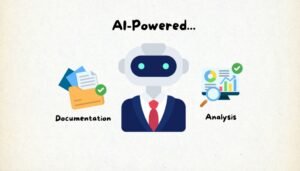
4. Combine AI and Human Intelligence
Employ it as an assistant.
5. Remain Informed
Explore new tools and features to stay ahead.
Popular Tools for AI Code Generation
Several tools and platforms leverage generative AI for code generation. Here are a few worth exploring:
- GitHub Copilot: A popular AI-powered coding assistant that suggests code in real-time within your IDE.
- CodeLlama: An open-source model optimized for code generation, ideal for developers seeking customizable solutions.
- Grok 3 by xAI: A versatile AI model that can generate code, answer technical questions, and support various programming tasks.
- Replit: An online coding platform with AI-powered features for generating and debugging code.
Conclusion
Is it possible for me to create code leveraging generative AI models? Of course! Generative AI markedly improves the productivity of both seasoned programmers and non-coders through script writing, error debugging, and app prototyping. With the right knowledge of its advantages, constraints, and recommended guidelines, it is possible for one to leverage such technology to improve their productivity and spark creativity. Whether it is building a website, automating processes, or learning how to code, generative AI is an asset. Create an account with Grok 3 or GitHub Copilot and unlock the opportunities that come with AI enhanced coding!







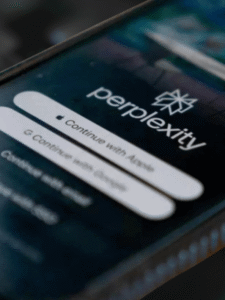





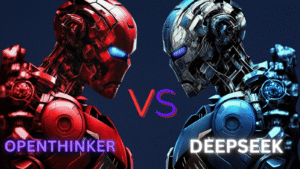




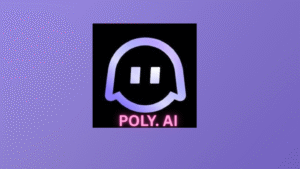
Post Comment